Flemish painting: a tour among the masterpieces of Flanders
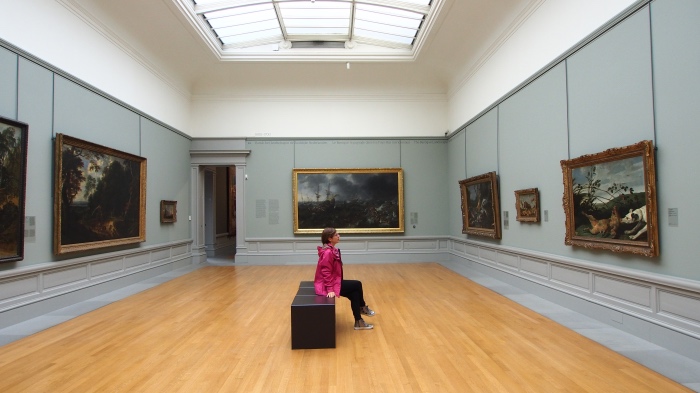
FLEMISH PAINTING: A TOUR AMONG THE MASTERPIECES OF FLANDERS
I’m certain that the most beautiful trips are those inspired by emotions and during my first trip to Flanders I was touched by the Flemish painting.
On my Instagram channel, Instagram TV and Facebook you’ll find images and information I posted during my trip.
In this post, instead, I’ll recap the main legs of my tour among the museums and the art of the Flemish masters.
The Flemish painting: my itinerary through Flanders
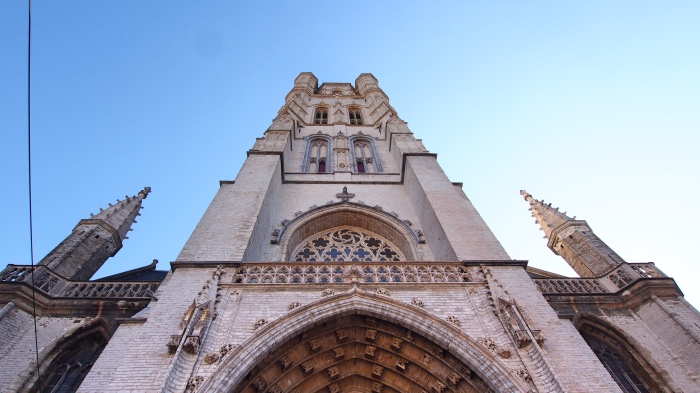
Saint Bavo Cathedral, Ghent
It’s always art that leads me to discover new cities, and when I received the invitation from VisitFlanders to join a tour dedicated to Flemish masters I readily accepted and without hesitation.
Ghent, Antwerp, Bruges and Brussels are the unmissable legs of a trip through Flanders searching for the masterpieces of the Flemish painting, but you must start from a city and my tour started from Ghent.
My guides were Van Eyck and Bruegel, whose works are housed in these two cities.
GHENT E VAN EYCK
Ghent is a medieval city with a modern heart housing one of Van Eyck’s masterpieces, The Adoration of the Mystic Lamb (also known as The Ghent Altarpiece) which is currently undergoing a long restoration, begun almost 8 years ago and which will end in 2020.
In 2020 the painting will finally return home to the Saint Bavo Cathedral, but you don’t need to wait to admire it and you can already see it in two different places of the city.
You can see the panels of the painting already restored in the Cathedral, while you can admire the parts which are still under restoration in the laboratory set up at the SMAK of Ghent, the Museum of Fine Arts of the city.
Looking at the skilled technicians working on the panels of the 1432 Polyptych is exciting and even more discovering what this restoration is revealing.
The glazing of the colour, a sfumato almost identical to Leonardo’s one and the certainty that the painting was painted by Van Eyck together with his elder brother Hubert, make this work a real masterpiece about which people will write a lot next year and which Ghent is going to celebrate with exhibitions and events in 2020.
Bridges, canals, ancient houses, give Ghent an atmosphere of past times; university students, bicycles and the light walk illuminating the historiccentreat night give the city a modern aspect.
I really fell in love with this city, which looks to the future but keeps an eye on its past as well. Cure and attention to preservation and promotion of its most precious masterpiece prove it!
BRUSSELS E BRUEGEL
My second leg through Flanders was Brussels, and my artist guide was Pieter Bruegel the Elder.
The unmissable places to visit the city by following in the footsteps of the master of landscape painting and ordinary life in Flanders in the 16thcentury are a museum, a church and a house.
First I visited the Royal Museum of Fine Arts of Belgium in Brussels where a whole room is dedicated to the enigmatic and ironic masterpieces of the master.
From “Winter Landscape with Ice Skaters and Bird trap” to “Landscape with the Fall of Icarus”, this is the right place to immerse yourself in paintings you can admire at a short distance to appreciate all details.
But Brussels is also the city where Bruegel lived, and he was buried in the church of Notre-Dame de la Chapelle (the Church of Our Lady of the Chapel), a few steps from his house in the Sablon, the most aristocratic neighbourhood of that time.
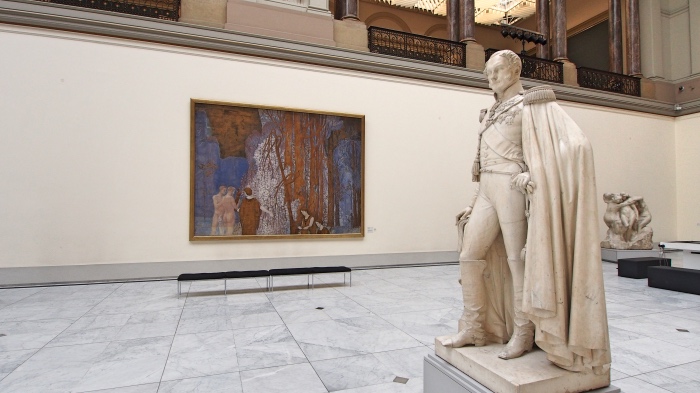
Royal Museum of Fine Arts of Belgium, Brussels
THE FLEMISH MASTERS PROJECT DEDICATED TO THE FLEMISH PAINTING
Flanders dedicates a major promotion project to the Flemish masters and the cities I visited are part of a programme which will make you discover the masterpieces this territory carefully safeguards.
The project is culminating in 2020 with the end of the restoration of the polyptych altarpiece “The Adoration of the Mystic Lamb” painted by the Van Eyck brothers and the stages approaching this event are marked by the programme of the “Flemish Masters” project, which within 3 years, from 2018 to 2020, will make you discover the main protagonists of the Flemish painting and the cities where the artists to discover lived and worked.
2018 is dedicated to Pieter Paul Rubens and the city to discover is Antwerp, where is the house museum where the artist lived; in 2019 the spotlight will be on Bruegel and the city to explore will be Brussels and its surroundings, you can’t miss out the room dedicated to his masterpieces at the Royal Museum of Fine Arts of Belgium; finally in 2020 it will be Van Eyck’s turn to be celebrated and the city of Ghent will see the return home of the entire “ Adoration of the Mystic Lamb” to the Saint Bavo Cathedral.
There’s nothing better than admiring the masterpieces of art in the place where they were created and the “Flemish Masters” project is the perfect occasion to visit Flanders by following in the footsteps of its artists.
The Flemish painting, with its perfection and originality, is the common theme connecting the main art cities of this region of Belgium.
Exhibitions, performance art pieces and temporary events will take place during this 3-year period and Antwerp, suspended between thesplendoursof the past, masterpieces of art and contemporary creativity, will become one of the tourist destinations you must visit in 2018, also thanks to its most illustrious citizen, Pieter Paul Rubens.
Flanders is one of the most interesting destinations for art cities lovers, which this region of Belgium is full of and welcomes anyone with a special story to tell, many masterpieces to admire and artists to discover.
There are few more months until 2019, and if I were you, I’d drop by Antwerp not to miss out on all events dedicated to Rubens.
I’m sure that you will feel like planning a trip to Flanders in 2019 and 2020 too.
You can bet on it!
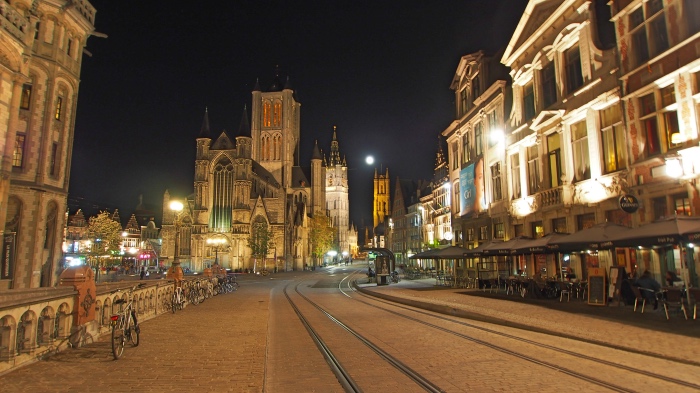
Ghent at night
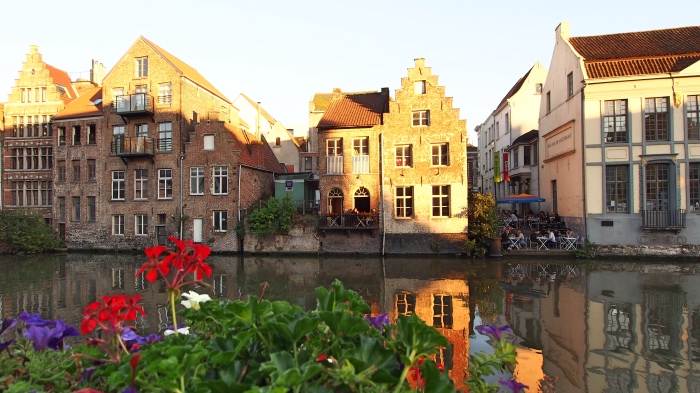
Ghent
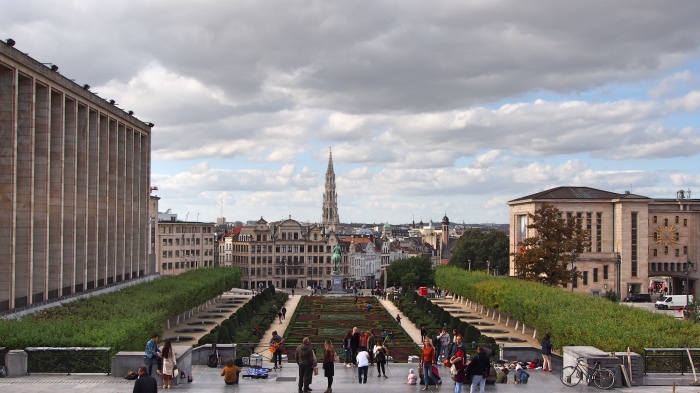
Brussels
Follow me on:
About me
In this blog, I don't explain the history of art — I tell the stories that art itself tells.


